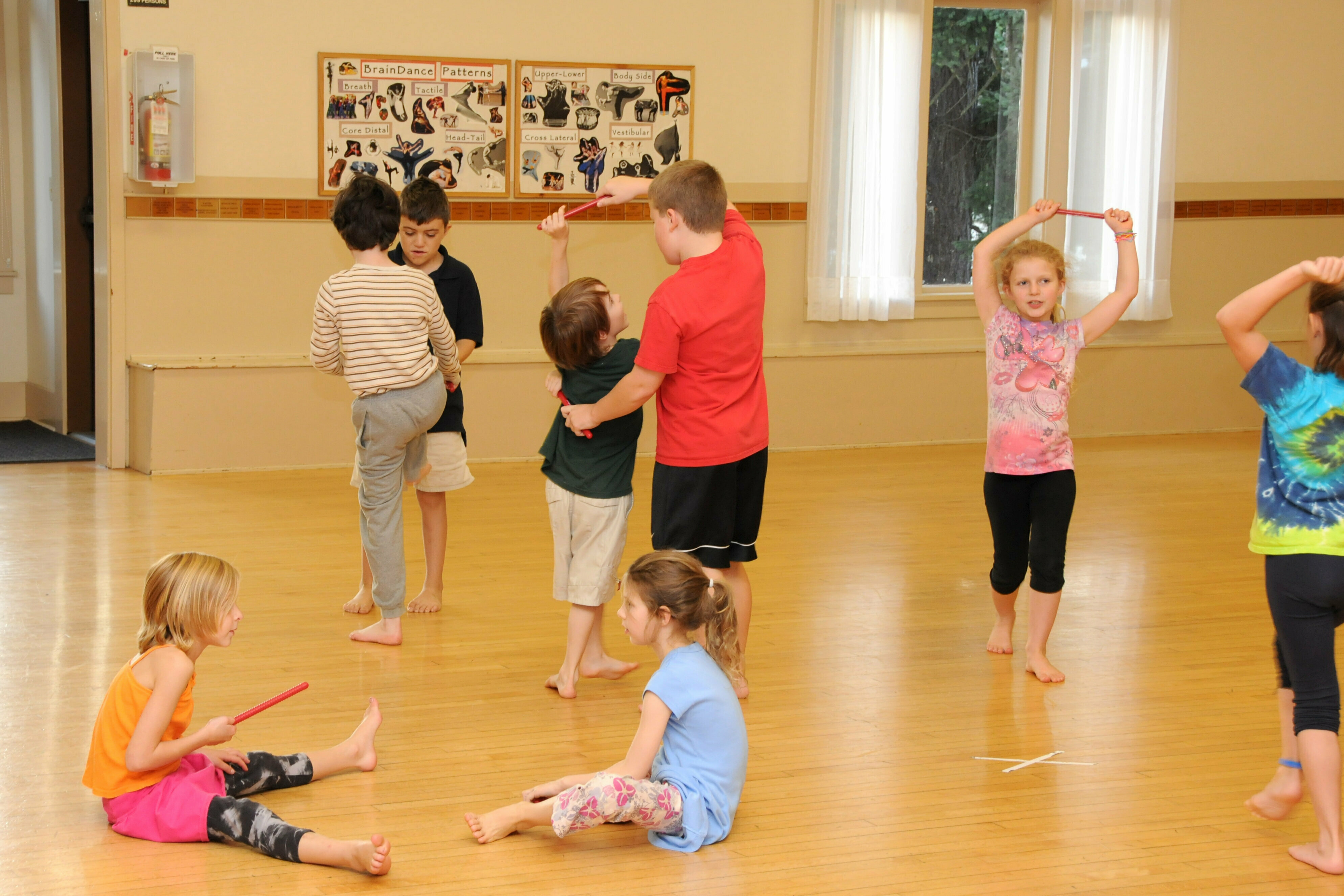
Looking good, feeling good and sounding good are inextricably linked when it comes to playing our instruments. We strive to play with “good technique” but do we have the same commitment to play with good posture? Good posture helps our body function optimally, promoting efficiency of movement and stamina. When posture is “good”, bones are properly aligned, and there is minimal strain on joints, muscles, ligaments and tendons.
Musicians sometimes perpetuate what I call the jazz “look”. When we bend and twist, writhe and lean, does that really convey intensity or passion? These postures are risky for our bodies and our playing health. Long-term, they affect how we sound. Undesirable postures are those that load or put stress on joints in an uneven or asymmetrical way, due to awkward, fixed or stiff body positions.

What are Risky Postures?
In necks: tilting, rotating or cocking heads forward or down.
In torsos: bending, twisting or leaning forward or backward and holding arms away from the body at or above shoulder level.
In shoulders: lifting, twisting or rolling shoulders forward, allowing shoulders to droop or hunch, collapsing chests.
In wrists: flexing, cocking or dropping wrists and deviating wrists. (turning your hand sideways toward your pinky finger.)
In hands: pressing with your thumbs and/or fingers. Squeezing your instrument to hold it.
A bent head position results in tense neck and shoulder muscles. Players who tilt or rotate heads over time will cause muscle imbalances, which can lead to joint dysfunction and nerve compressions. This stress is exacerbated if your arms are held in front of you, if your torso is bent forward, and if your shoulders are raised. Keep your head erect, your chin in and your shoulders down.
Violinists and violists should look for chin and shoulder rests that fit properly allowing you to hold the instrument with ease. There are many different shapes, sizes and heights of shoulder pads and chin rests available. All instrumentalists should err on the side of a smaller instrument. Comfort is the goal.
Sitting for long periods of time can cause all kinds of postural misalignments. Most of us sit to play. Many chairs we must use are too low, and/or they slope backward, forcing us to make compromises in our posture. Tall people feel that their knees are “in their face” and short people’s feet dangle – like mine!
When you sit, your thighs should descend from your hips and your knees should be lower than your hips. Try to choose a seat that is higher at the back than it is in the front. These forward sloping seats are preferable because one’s center of gravity is more forward and over the sitting bones rather than thrust backwards.
Tall musicians, look for a chair whose seat height reaches a level above your kneecaps if possible. Adjust the seat height with cushions to achieve this or use blocks under the chair legs. Short musicians, sit forward in the chair until your feet are flat on the floor and your weight is forward. There are several companies that have manufactured ergonomically advantageous chairs for the long hours and stress of musicians’ work and there are many portable foam wedge seat cushions and lumbar support back cushions on the market.
Don’t settle for the dismally hopeless “multi-purpose” chair. Experiment so that you can maintain proper back posture at all times.
Musicians who are able to practice while standing should alternate between sitting and standing. Make sure that when you are standing you maintain a natural curve or lordosis in your lower back. Avoid a sway back, keep your knees slightly bent instead of locked, and keep your shoulders and hips level. Your body should feel fluid. Shift your leg position frequently whether you sit or stand to play.
Careful avoidance of twisting or turning your back, or thrusting your head or chin forward or to the side can literally save your spine. With your pelvis correctly positioned, and with your head in a neutral position, the spinal alignment follows naturally, which frees your ribcage and allows unencumbered breathing.
Many of us have to hold our instruments in awkward positions on a daily basis so we must be vigilant.
Keep tension from building up by taking every opportunity during practice and performance to release: move and wiggle, dangle your arms, shrug, stand, pull your arms back, nod your head, look side to side, tilt your head (left ear to left shoulder, right ear to right shoulder) and breathe. Try to avoid the urge to freeze. Any posture that is rigidly held for any length of time is exhausting. If you move around when you play, you are making the position dynamic rather than static. Don’t forget to take breaks. A minimum of 10 minutes per hour is a good guide.
Remember, good posture should be balanced and relaxed. Poor posture can produce fatigue, which eventually can lead to pain in muscles, but also longer-lasting damage to joints, tendons and ligaments.
“This is an excerpt from Playing (Less) Hurt by Janet Horvath, published by Hal Leonard Books”
For more of the best in classical music, sign up to our E-Newsletter




Excellent point about “taking every opportunity…to release.” I recently decided to stand while performing selected repertoire (concertos, trios, etc), after a year’s worth of Alexander lessons that taught me about releasing neck and spine. Alternating between sitting and standing, changing stance, and mindful awareness throughout practice sessions were essential to meeting my goal!